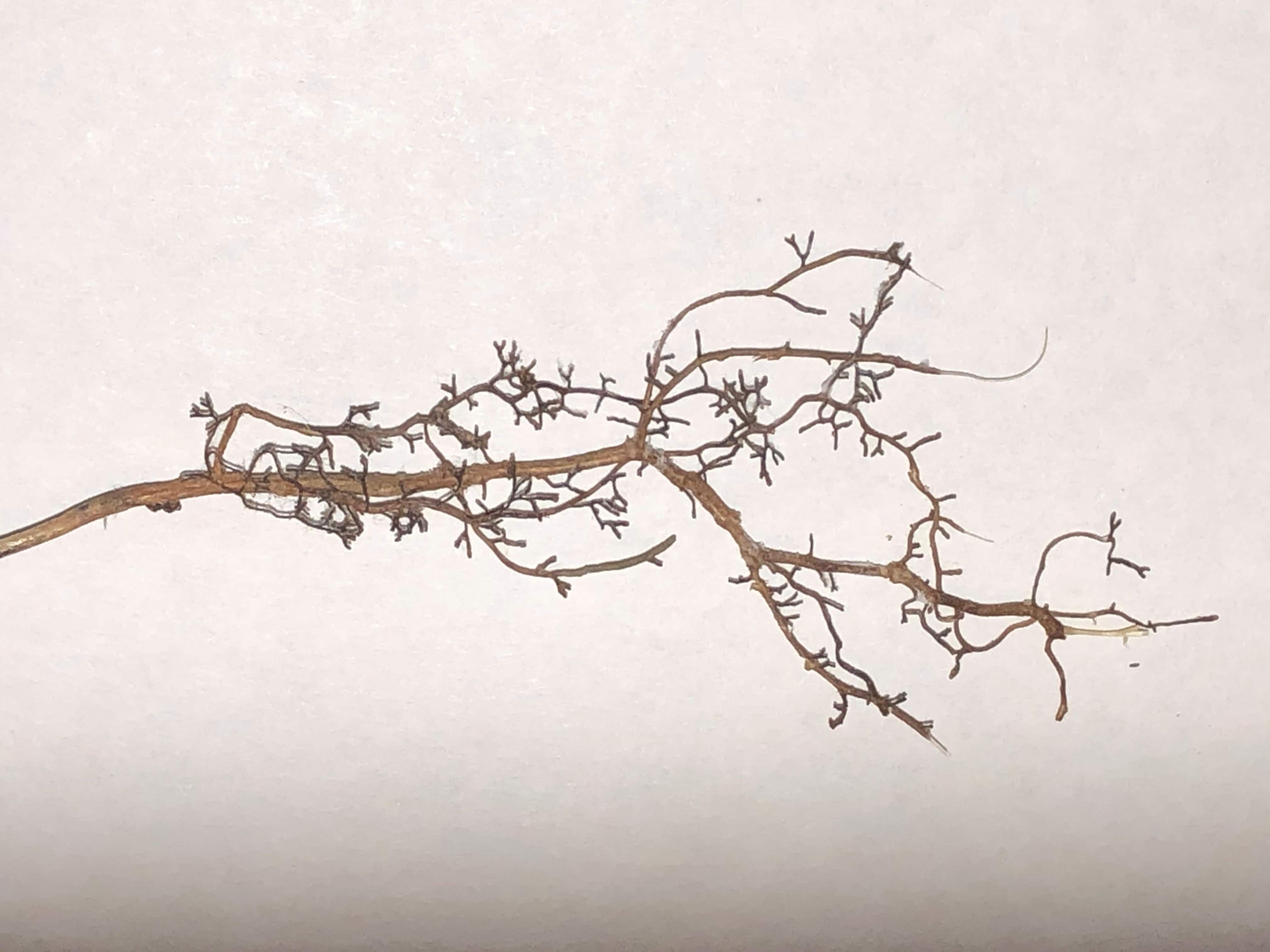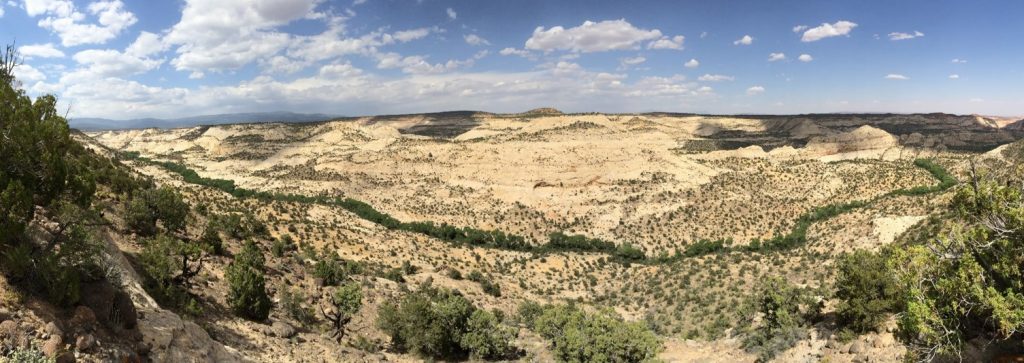The National Science Foundation has awarded Northern Arizona University a four-year, $1.5 million grant to examine survival strategies that natural systems might use to respond to the combined effects of environmental change and invasive species. The research effort is a collaboration among investigators at NAU, the Desert Botanical Garden and Arizona State University.
Owing to record increases in temperature and invasive species disturbance in Arizona and throughout the American Southwest, there is a pressing need to understand whether and how plants will be able to adapt to rapidly changing conditions owing to climate change.
“Our overarching goal is to develop solutions to these threats using Fremont cottonwood, a foundation species that is recognized as being critically important for biodiversity conservation,” said the project’s principal investigator, Gery Allan, a professor of biological science and the Laboratory of Environmental Genetics and Genomics, and a member of the Center for Adaptable Western Landscapes (CAWL).
“Our findings could serve as a model for adaptive management of arid regions around the world, including the familiar “ribbon of green” that accompanies rivers and streams in the western United States,” Allan said.
This project will use a combination of experimental gardens composed of thousands of Fremont cottonwood trees and the National Ecological Observatory Network’s (NEON) airborne remote sensing technology. The research team will examine the capacity these trees have to tolerate heat stress, drought and habitat disturbance caused by salt cedar, also known as tamarisk. Salt cedar is an invasive species that is a serious threat to riparian ecosystems in the Southwest.

“Using NEON’s airborne remote-sensing capabilities will allow us to scale measurements taken from greenhouse and common gardens to large parts of the Southwest,” said Chris Doughty, one of the project’s co-principal investigators and assistant professor of ecological and environmental informatics.
The team will build on techniques developed by project co-PI Greg Asner at Arizona State University‘s Asner Lab to critically evaluate the genetic responses of cottonwoods to environmental changes that occur across the species’ distribution.
Specifically, this study will determine if genetic differences among cottonwoods from warm to cool regions result in differing adaptive responses to a changing environment. For example, the research team will examine differing strategies cottonwoods use for regulating leaf temperature and carbon balance as an adaptive response to heat stress.
The research team also will investigate the ability of cottonwoods to produce naturally occurring hybrids that are better adapted to emerging conditions and the use of beneficial soil fungi to promote cottonwood survival in tamarisk-altered soils. The Desert Botanic Garden will develop the project’s public outreach program, led by Kevin Hultine, one of the project’s co-principal investigators.
“This research is an outgrowth of three decades of work by NAU researchers in the field of community and ecosystem genetics using Fremont cottonwood trees. Cottonwoods support thousands of insects, birds and mammals, making their survival essential across the West,” said Thomas Whitham, Regents’ professor of biological science, a co-principal investigator for this project and a CAWL member. “I am very proud to be part of a research effort that offers potential solutions to climate change in Arizona and beyond for this critical species. I am equally proud that our research group is inclusive, creating opportunities for young female scientists like postdoctoral scholar Hillary Cooper and doctoral student Jaclyn Motyka Corbin, both part of the research team who contributed to the grant’s development.”
CAWL was established as NAU’s newest research center on May 5. CAWL seeks to promote robust scientific research to enhance sustainable management of ecological populations, communities and landscapes and to develop solutions to ecological problems across the American Southwest and Colorado Plateau.
Catherine Gehring, professor of biological science and co-director of CAWL, is also a co-PI on the project.
Lara M. Schmit
Center for Adaptable Western Landscapes




